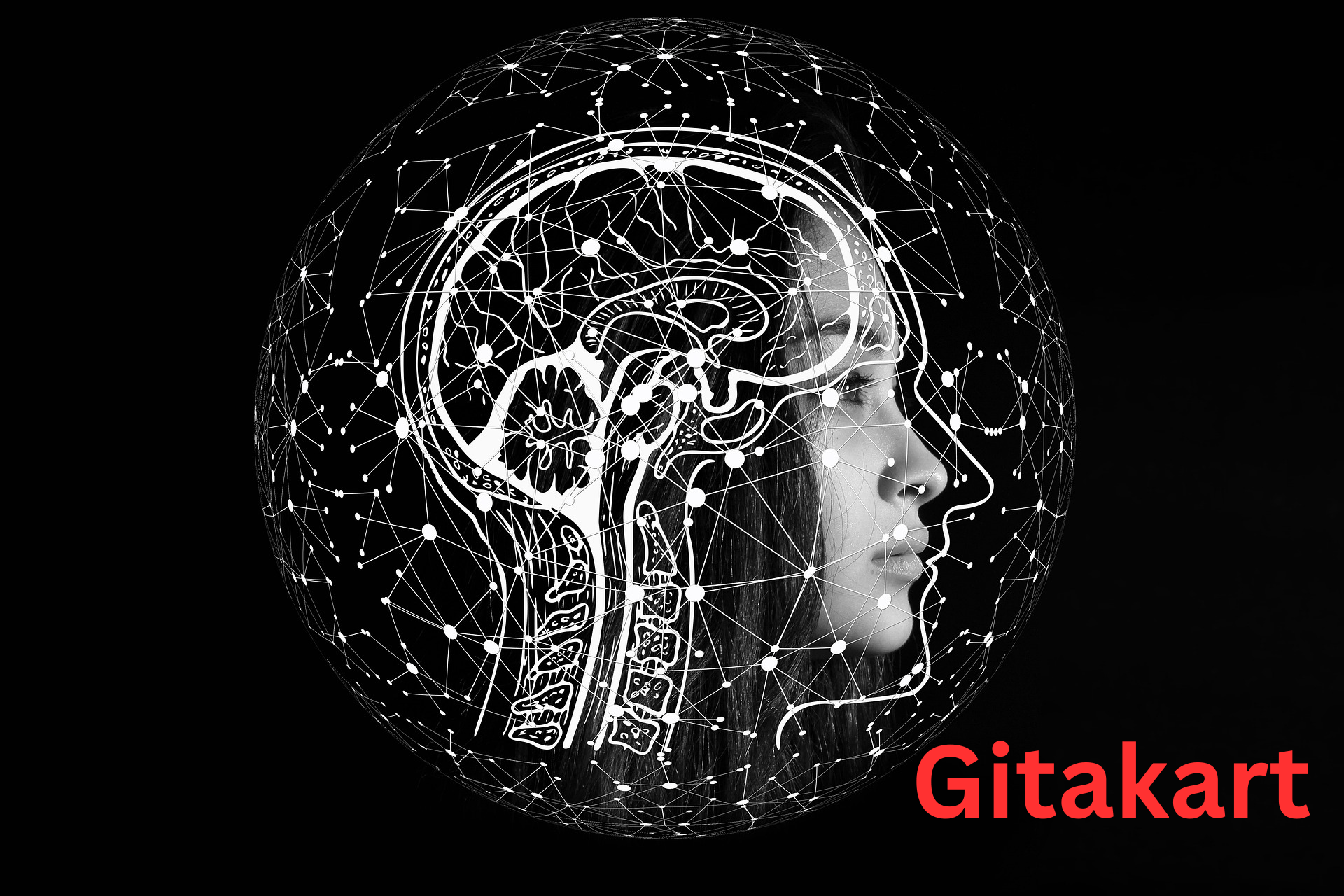Artificial Intelligence Markup Language (AIML) stands as a pivotal framework in the realm of conversational agents and chatbots, facilitating the creation of interactive and human-like interactions between machines and users. Let’s explore what AIML is, its features, applications, and how it’s shaping the landscape of conversational AI.
What is AIML?
AIML is an XML-based markup language used to create artificial intelligence (AI) chatbots and conversational agents. Developed by Dr. Richard Wallace in the late 1990s, AIML was initially designed for the development of chatbots, particularly the famous Alice chatbot. It provides a structured way to define patterns of conversation and responses, enabling bots to engage in meaningful dialogues with users.
Key Features of Artificial Intelligence Markup Language
- Pattern-Response Structure: Artificial Intelligence Markup Language operates on a pattern-response structure, where developers define patterns that a user’s input might match, along with corresponding responses. These patterns are matched against user input using pattern-matching algorithms, and the appropriate response is selected.
- Contextual Understanding: Artificial Intelligence Markup Language allows chatbots to maintain context during conversations. By utilizing context variables and topic tracking, Artificial Intelligence Markup Language-based bots can remember previous interactions and provide more relevant responses.
- Support for Multiple Platforms: Artificial Intelligence Markup Language can be implemented on various platforms and integrated with different programming languages. This flexibility makes it accessible for developers working across diverse environments.
- Learning and Adaptation: Artificial Intelligence Markup Language-based chatbots can be trained and adapted over time. Developers can continually refine and expand the bot’s knowledge base by adding new patterns and responses based on user interactions.
Applications of Artificial Intelligence Markup Language
- Customer Service: AIML-powered chatbots are extensively used in customer service applications, providing assistance and answering queries in various industries such as e-commerce, banking, and telecommunications.
- Virtual Assistants: Virtual assistants like Siri, Google Assistant, and Amazon Alexa utilize AIML principles to understand user queries and perform tasks such as setting reminders, answering questions, and controlling smart home devices.
- Education: Artificial Intelligence Markup Language-based chatbots are employed in educational settings to provide personalized learning experiences, answer student queries, and assist with course navigation.
- Entertainment: AIML has been used to create interactive storytelling experiences, games, and entertainment applications where users can engage with virtual characters and explore narrative-driven interactions.
The Future of AIML
As AI technology continues to advance, Artificial Intelligence Markup Language remains relevant in the development of conversational agents and chatbots. However, newer approaches such as natural language understanding (NLU) and deep learning are also shaping the future of conversational AI. These approaches enable bots to understand and generate more complex responses, leading to more human-like interactions.
Conclusion
Artificial Intelligence Markup Language (AIML) has played a significant role in the evolution of conversational AI, enabling the creation of chatbots and virtual agents capable of engaging in meaningful dialogues with users. With its structured pattern-response framework and support for contextual understanding, AIML continues to find applications across various industries, from customer service to education and entertainment. As AI technology progresses, AIML will likely evolve alongside newer approaches, contributing to the development of even more sophisticated conversational systems in the future.


 Watch
Watch
 CASUAL WEAR
CASUAL WEAR











